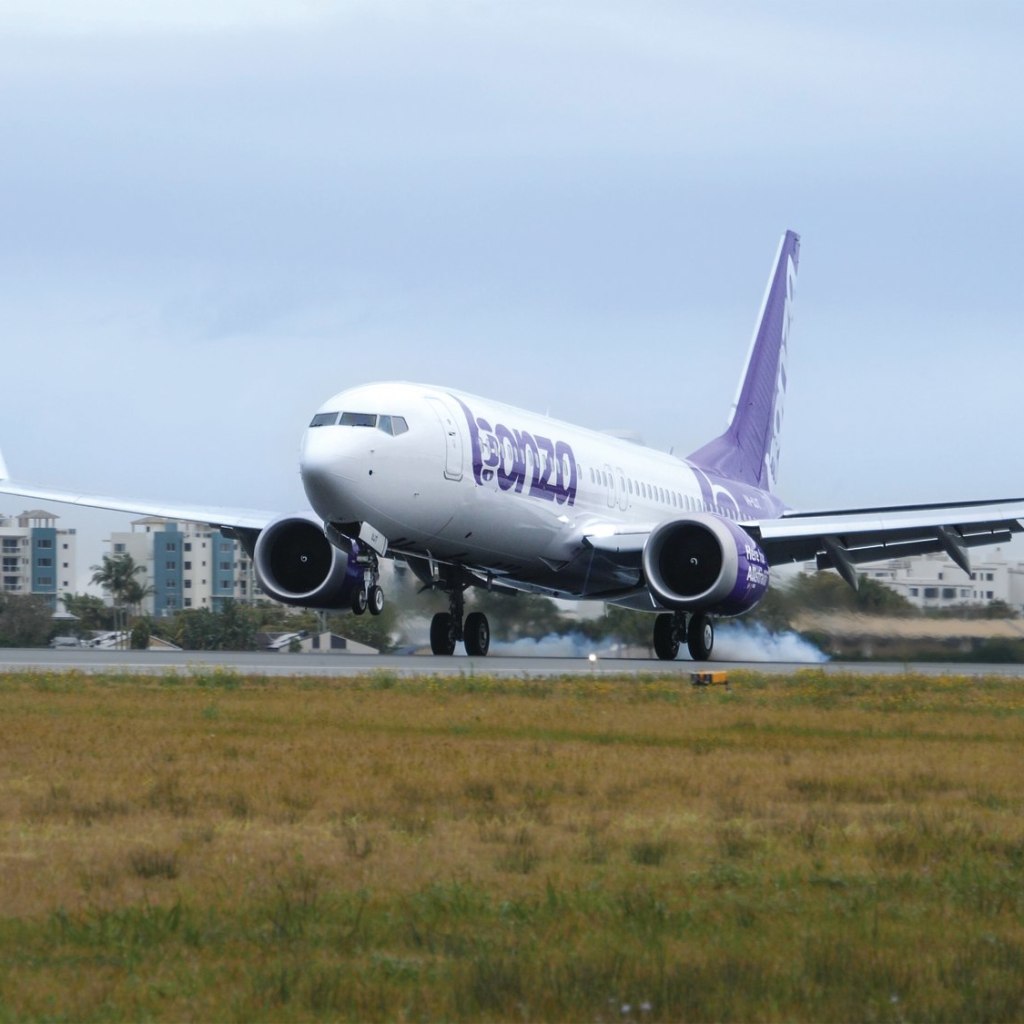
The Hypersonic Revolution
defence
This special In-Focus edition examines defence aircraft in a post-COVID world.
Our cover feature sees us investigate the race to acquire hypersonic missiles. It comes after China beat out the US with a test of a warhead so clever it was practically untrackable, un-interceptable and capable of carrying nuclear explosives. However, the West’s fightback has seen Australia taking a leading role in catching up with the technology, with both Britain and the US now viewing us as one of the leading lights in hypersonics.
This content is available exclusively to Australian Aviation members.
Subscribe to Australian Aviation for unlimited access to exclusive content and past magazines.A monthly membership is only $5.99 or save with our annual plans.
- Australian Aviation quarterly print & digital magazines
- Access to In Focus reports every month on our website
- Unlimited access to all Australian Aviation digital content
- Access to the Australian Aviation app
- Australian Aviation quarterly print & digital magazines
- Access to In Focus reports every month on our website
- Access to our Behind the Lens photo galleries and other exclusive content
- Daily news updates via our email bulletin
- Unlimited access to all Australian Aviation digital content
- Access to the Australian Aviation app
- Australian Aviation quarterly print & digital magazines
- Access to In Focus reports every month on our website
- Access to our Behind the Lens photo galleries and other exclusive content
- Daily news updates via our email bulletin
-
Photos: Operation Flood Assist wrap up
The Australian Defence Force is a fundamental part of saving lives in a crisis. Bella Richards provides an in-depth wrap up of the aircraft used for Operation Flood Assist 2022, and the experience of a flight lieutenant who led the charge.
-
As China edges closer to mastering untrackable, un-interceptable missiles, Australia is leading the fightback to master the technology.
-
Bella Richards
Are bird-sized drones the next-gen of defence aircraft?
Drones are already marking their legacy, but as they keep getting smaller, can they provide the same capability? Bella Richards explores.
-
Audio: Meeting the RAAF’s balloon pilot
Squadron Leader Samuel Wright is the RAAF’s only permanent Air Force balloon pilot. Here, he answers all the questions you were too scared to ask about ballooning.
-
In Conversation: The retirement of the Classic Hornet
To honour the retirement of this iconic aircraft, Australian Aviation sat down with Commanding Officer of No. 77 Squadron Wing Commander Tim Ireland, as well as Officer Commanding No. 81 Wing Group Captain Matt McCormack.
-
The RAAF’s full fleet – profiled
Australian Aviation decided to profile every aircraft of the RAAF's fleet, circa 2022, and pay a special farewell to the Classic Hornet.
-
Profile: KC-30A Multi-Role Tanker Transport
The KC-30A Multi-Role Tanker Transport (MRTT) serves as an air-to-air refuelling aircraft, which doubles up to provide the RAAF with strategic airlift capabilities. It was first flown by the RAAF in September 2011. The RAAF currently has six KC-30A aircraft operated by No. 33 Squadron, based at Amberley. Since 2014, one additional KC-30A has been
-
After completing ten years of service in the Middle East in 2012, the AP-3C Orion aircraft, , which is considered the best maritime patrol aircraft in the world, is now based at the RAAF base Edinburgh, and is deployed for many high-profile missions.
-
The Pilatus PC-21 aircraft is one of the RAAF’s most iconic training jets. It is often referred to as the ‘twenty-first century trainer’, because it can be applied to more training capacities than its competitors.
-
Profile: 737 Boeing Business Jet
The 737 Boeing Business jet is the classiest of them all, serving as a special purpose aircraft to transport government officials within Australia and overseas for state visits and international forums.
-
The BAE Systems Hawk 127 is a low-wing, all-metal aircraft and is the air force’s lead-in fighter jet. It is used to train pilots converting to F/A-18A and F/A-18B Hornets and F/A-18F Super Hornet aircraft.
-
Amid the rising defence drone revolution, it is no surprise the RAAF purchased the MQ-4C Triton, an Unmanned Aircraft System (UAS), high altitude, long endurance (HALE), which will be essential for next generation maritime and surveillance roles.
-
The Dassault Falcon 7X is another one of Australia’s fancy special purpose aircraft. It represents a “major capability leap” from its predecessor, the CL-604, and has a crew of three people and can carry up to 14 passengers.
-
Profile: C-17A Globemaster III
The Globemaster has arguably established itself as Australia’s most influential aircraft in recent times.
-
The aircraft is designed to nestle into the sweet spot between the country’s smaller CH-47F Chinooks and larger C-130J Hercules and C-17A Globemaster IIIs.
-
The aircraft originally sneered at as a stopgap between the retirement of the Classic Hornet and the arrival of the F-35 has become a mainstay of the RAAF's fleet.
-
The KA350 King Air is a multi-purpose modern twin-engine turboprop, operated by No. 32 Squadron based at RAAF Base East Sale.
-
The Wedgetail can track airborne and maritime targets simultaneously, which means it boasts one of the world’s most advanced in airspace battle management technologies.
-
The Boeing-built P-8A Poseidon is the multi-mission maritime patrol aircraft, excelling at anti-submarine warfare, anti-surface warfare, intelligence, surveillance and reconnaissance, and search and rescue. The aircraft is a military variant initially based on Boeing’s workhorse narrowbody B737NG, equipped with advanced sensors and mission systems, including a multi-role radar, high-definition cameras and a high-processing acoustic system

































